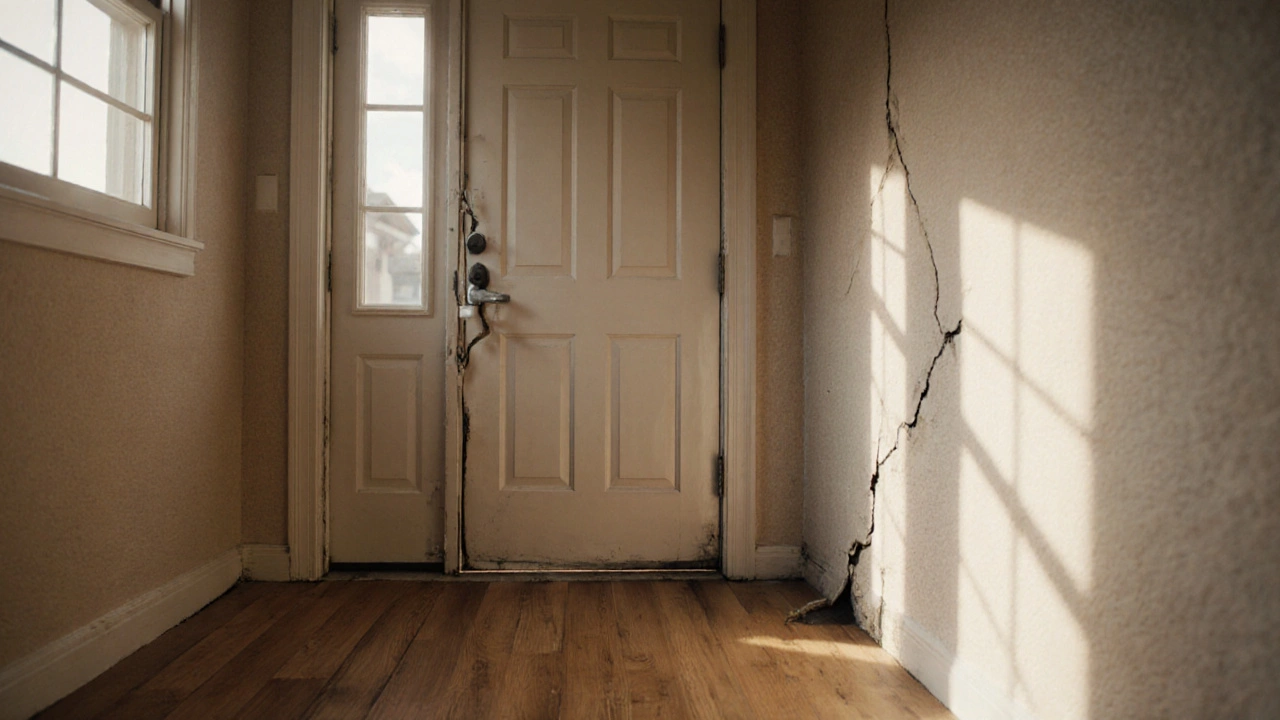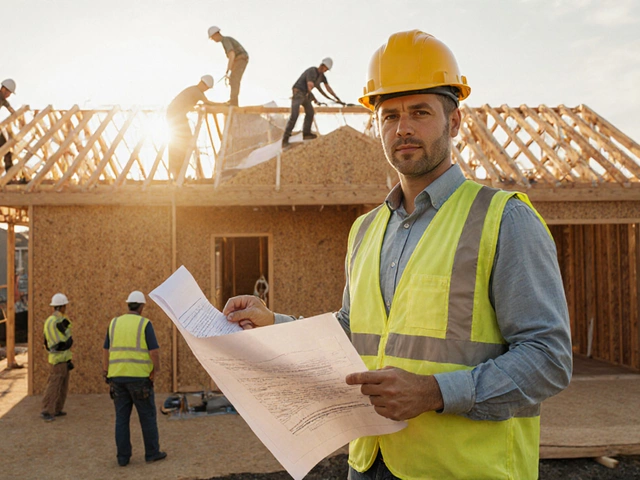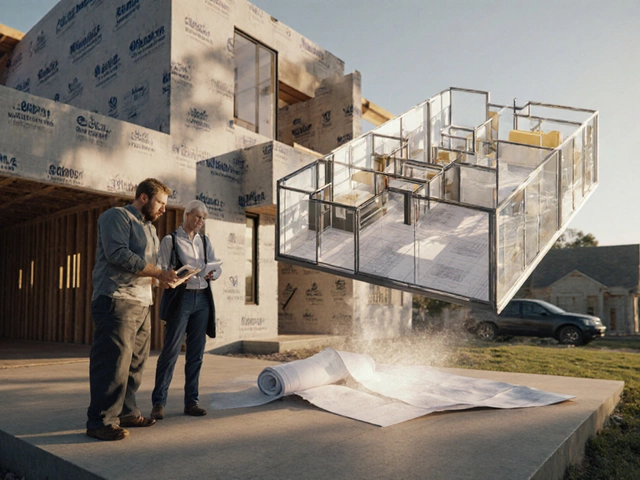Foundation Settlement: What Homeowners Need to Know
When dealing with foundation settlement, the slow sinking or shifting of a building’s base caused by changes in the soil beneath it. Also known as settling, it can create uneven floors, cracked walls, and door frames that won’t close properly. soil compaction the process where soil particles become tightly packed, reducing space for water is a primary driver of this movement. Likewise, moisture control managing water levels in and around the foundation directly influences how the ground behaves under load.
Think of a house as a puzzle that rests on the earth. If the pieces underneath shift, the whole picture changes. foundation settlement encompasses soil compression, but it also involves structural movement any shift or tilt of the building’s frame over time. When one part of the structure moves, stress transfers to other areas, often revealing cracks in plaster or a sloping floor. Monitoring these signs early can save costly repairs later. In practice, settlement requires regular inspection, especially after heavy rain, drought, or nearby construction that disturbs the ground.
How These Factors Interact
Moisture control influences foundation settlement because water expands clay soils and contracts them when it dries. This cycle creates push‑and‑pull forces that nudge the foundation. At the same time, poor soil compaction limits the ground’s ability to bear weight evenly, so the building settles unevenly. When structural movement occurs—like a shifting beam or a warped load‑bearing wall—the stress can accelerate settlement, leading to visible damage faster than it would on a static structure.
Because these elements are linked, a comprehensive approach is essential. First, evaluate soil compaction by drilling small test pits or using a penetrometer—tools that measure resistance of the ground. Next, implement moisture control measures such as proper drainage, gutters, and grading away from the foundation. Finally, address any existing structural movement by reinforcing joists, adding steel piers, or installing adjustable support systems. These steps not only mitigate current settlement but also prevent future issues.
When settlement becomes severe, building repairs the process of fixing cracks, realigning floors, and stabilizing foundations are necessary. Common techniques include underpinning, where new concrete footings are poured below the existing foundation, and slab jacking, which lifts sunken concrete using pumped grout. Both methods aim to restore the original level of the structure and stop further movement.
Homeowners often wonder how to tell if settlement is happening. Look for doors that stick, windows that stick or won’t close, cracks that appear suddenly in interior walls, or gaps between the wall and floor. Exterior signs include cracked or bowed foundation walls, uneven steps, and sagging decks. If you spot any of these, it’s a cue to call a professional who can assess soil conditions, moisture levels, and structural integrity.
Addressing foundation settlement early can protect your home’s value and safety. The articles below cover everything from DIY inspection tips to detailed repair guides, giving you the information you need to act confidently. Whether you’re planning a small renovation or a major foundation overhaul, you’ll find practical advice that fits your situation.
Major Foundation Issue: Definition, Signs, and Repair Guide
Learn what defines a major foundation issue, the warning signs, causes, assessment methods, repair options, costs and prevention tips for homeowners.
full articleCan a House Settle After 20 Years? The Real Truth About Long-Term Foundation Movement
Find out if houses can still settle after 20 years, what causes it, warning signs, and how to handle it. Get tips for keeping your home's foundation safe.
full article





